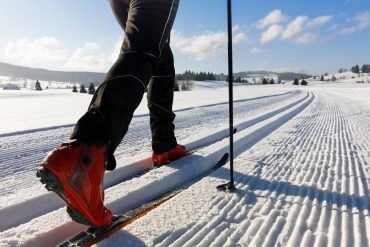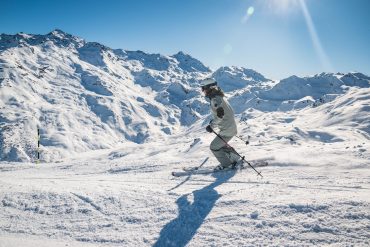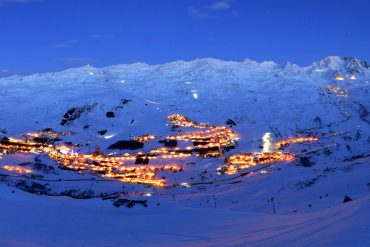What exactly is cross-country skiing?
More and more people are interested in cross-country skiing, an authentic and eco-friendly sport that is practised in Nordic ski areas. It is an excellent way to enjoy the snowy landscape! On or off-piste, on hilly terrain or not, this sport is accessible to all. Find out more about cross-country skiing, a fun and complete sport that allows you to enjoy the fresh air of the mountains.
Background
Cross-country skiing is the oldest form of skiing, dating back to ancient times. It originated in Norway and was used for hunting and exploration. It became a winter sport at the end of the 19th century and continues to evolve thanks to innovations in equipment and practices. Cross-country skiing is a sport where one glides along flat or hilly ski runs with the help of skis and poles. It is therefore a means of advancing efficiently and quickly on the snow. Now an Olympic sport, cross-country skiing is becoming increasingly popular with winter sports enthusiasts.
Where to do it?
Cross-country skiing is usually done in Nordic ski areas: small, low-lying resorts are preferable to alpine ski resorts. Cross-country ski resorts do not have lifts, as you go up and down using only the power of your body. The trails are groomed and easily identifiable by 2 parallel rails at the ends of the trail. Cross-country skiers can also go off-piste on more or less hilly terrain. And just as it is with alpine skiing, the difficulty of the runs is identifiable thanks to coloured signs: from green for the easiest to black for the most difficult.
Cross-country skiing: a two-sided sport
Cross-country skiing can be practised in two different ways:
- The Classic technique: the movement is similar to that of walking. It is ideal for a first approach to Nordic skiing or for ski touring.
- The Skate technique: Also called freestyle, this type of cross-country skiing uses the skate technique. This is a technique that requires balance and coordination. Once you have mastered these basics, you will enjoy the best skiing experience.
What equipment do you need?
You will not use the same equipment for cross-country skiing as for uphill skiing or alpine skiing. Cross-country skis are very light, thinner and have no metal edges on the sides (except for Nordic backcountry skis). The length of the ski depends on the weight and the level of the skier. In order to give you more freedom of movement, only the front of the foot is attached to the ski. Cross-country ski boots are also much lighter and more flexible. Finally, the poles are longer and stiffer to help you push, but also lighter to facilitate movement.
In terms of clothing, this is an intense sporting activity at low altitude: the clothing to be worn is more similar to that for running than what you would wear for downhill skiing. Generally, the three layers system is used to avoid getting too hot, as for most outdoor sports.
The rules of cross-country skiing
Safety and courtesy…
Cross-country skiing is a discipline based on free practice: you don’t use any ski lifts and your equipment allows a great freedom of movement. It is possible to practice cross-country skiing wherever you want: you just need to have snow, the right equipment and to respect all the safety rules.
On the ski pistes, each type of skier has their own space: you will find the tracks for classic skiing on the right, while the groomed part for skate skiing is on the left. The slopes are also marked out in one direction only, which means that you must be careful not to go the wrong way!
Cross-country skiing is also about courtesy. If a cross-country skier is coming from behind, move aside to let him/her pass. However, if you need to overtake another skier and the track is narrow or the skier is in the middle of an effort, don’t hesitate to be patient before overtaking. Take the opportunity to enjoy the scenery!
… and good preparation
Whether you practice classic cross-country skiing, skating, Nordic cruising or Nordic backcountry skiing, you need the right equipment and the right preparation. Indeed, each discipline has its own specific equipment to adapt more easily to the snow and terrain conditions. This way you can get the most out of your outings!
In terms of preparation, check that your equipment is well adjusted (poles, bindings, boots) and that your skis are well waxed. Waxing consists of applying a coating to the skis according to the snow conditions and the weather to avoid getting stuck or sliding too much.
As for your cross-country skiing outing, adapt it to your desires and abilities. Whether on or off-piste, you should take into account the snow conditions, the weather and your level of experience. This way, you can enjoy your skiing in complete safety. Don’t forget to take a small snack and a drink with you as cross-country skiing is very physical!
Crédit photo : Léman sans frontière








